On The Ground With Groups Creating Wildlife Corridors
Prioritizing connections for traveling animals could slow down the extinction crisis.
On The Ground With Groups Creating Wildlife Corridors
Prioritizing connections for traveling animals could slow down the extinction crisis.

A desert tortoise crosses the road.by Brad Sutton/NPS
We are in the midst of the earth’s sixth extinction crisis, with one in five migratory species at risk of extinction. Much of the erosion and even extinction of species is caused by shrinking ranges, habitat loss and fragmentation caused by human development, urban and suburban sprawl, and irresponsible agricultural activity.
If you live anywhere in or near suburban or urban America, chances are you have personally encountered—or at least heard about—sightings of carnivorous mammals such as coyotes and bears in your neighborhood. As we take over more of their territory, they enter ours, often looking for food.
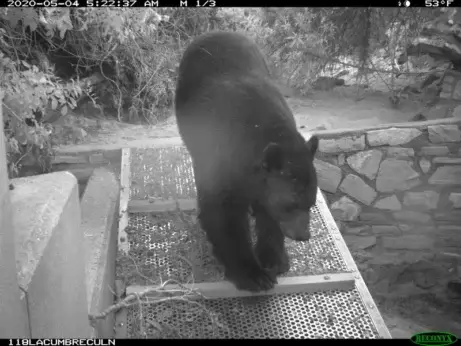
The starkest evidence of unwanted human-wildlife interactions happens on our roadways. Every year in the US, vehicle-animal collisions result in 200 or so human fatalities, millions of animal fatalities, tens of thousands of injuries, and billions of dollars in damage to cars and other property.
That’s just the roads. There are also broader issues of connectivity. While there are large swaths of protected wildlands across the country dedicated to keeping grizzlies, wolves, pronghorn, wild cats, and other large animals safe, they are often isolated in those protective zones, unable to reach other individual animals or packs in other protected areas, leaving these groups vulnerable to inbreeding, not to mention stymieing their natural rhythms of hunting and migration.
A bipartisan infrastructure bill passed in 2021 contained $350 million for wildlife road crossings. The structures are built under or over roads, with fencing that guides animals to safety, and they are thought to reduce wildlife-car run-ins by up to 97 percent.
These crossings, constructed over or under human-made incursions in the landscape like roads, can include underpass tunnels or viaducts for mammals and amphibians of all sizes, or bridges, generally for larger mammals. These crossings provide safety and connection for animals whose habitats have been fragmented by roads and buildings. (The largest one ever made is currently being constructed in California. See its progress here).
Now, a network of activists and policy makers are working to both help heal and create links between wild areas across the US for commuting critters, and ease animals’ way under and over major roads that cut through their ranges.
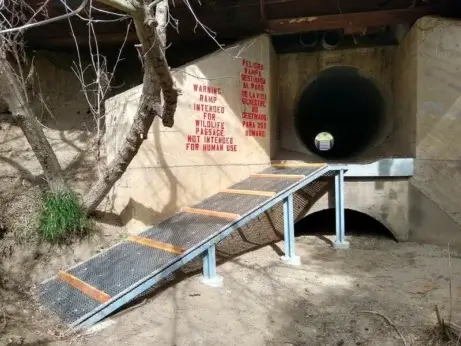
Working for wolves
“We are really lucky to have a partner in North Carolina’s Department of Transportation,” says Will Harlan, southeast director and senior scientist at the Center for Biological Diversity. “The team there understands that building wildlife corridors across Highway 64 will potentially save the species, help other wild animals, and prevent human death and property loss.”
There are fewer than 25 red wolves in the wild right now, and Harlan says that five have died in the past year along that stretch of highway, which is the longest in the state, running from 604 miles from the Tennessee state line to the Outer Banks. Red wolves used to range from Texas to New York. Today, the only place red wolves still exist in the wild is in the 3,200-square-mile Abermarle Peninsula in North Carolina.
“In North Carolina, we have a super high rate of vehicle accidents, and seven percent of all road accidents are wildlife collisions,” he says.In 2010, the Department of Transportation considered widening the highway; it identified five major animal crossing areas. Harlan is currently in the midst of a major fund-raising effort to get the crossings built, with the goal of raising $2 million by August 1.
“Wolves are my personal priority, but, of cours,e I will be thrilled to see other species like [the] 700-pound black bear, rare snakes and turtles, beavers, bobcats ,and dozens of others able to safely get across the road.”
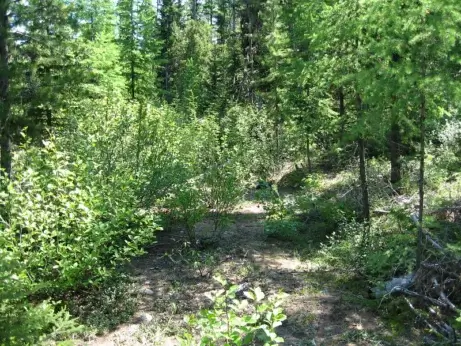
Recreating landscape links
Grizzly bears, wolverines, lynx, Mexican wolves, and bull trout are particularly vulnerable to death or extreme isolation due to the loss of natural links between landscape areas in the Northern Rockies, New Mexico and Arizona, where WildEarth Guardians focuses its efforts on restoration and safety.
“That often means protecting important areas from logging projects and pushing the agency to remove roads and motorized trails instead of building and punching in new ones.” says Adam Rissien, rewilding manager with WildEarth Guardians.
This kind of work often requires the covert monitoring of trails. Last winter, WildEarth discovered illegal activity in Northern Idaho’s Kaniksu region with the help of LightHawk, a nonprofit conservation aviation organization that sponsored a monitoring flight. Using aircraft as an asset in conservation has been on the rise, especially with volunteer-based groups such as LightHawk, which taps into its network of more than 300 pilots who donate expertise, time, aircraft, and fuel to support investigative flight campaigns with organizations like WildEarth.
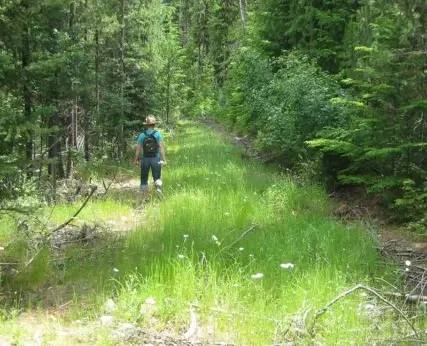
Volunteers also contributed photographs documenting over-snow-vehicle tracks in essential habitat for wolverines, grizzly bears, lynx, and mountain goats. This kind of disturbance can imperil the viability of all of these species, especially as many will abandon or move dens, reducing reproductive success.
WildEarth is currently in the process of “evaluating the potential for a lawsuit to protect the habitats,” says Rissien.
The organization has also moved to challenge a Forest Service logging project outside of Yellowstone National Park on the Custer-Gallatin National Forest that it says will reduce habitat security for grizzly bears. Last year, 50 grizzly bears died within the natural park. If the project goes through, more than six square miles will be clear-cut, and another six square miles of mature forests will be logged.
“The Yellowstone grizzlies need more habitat to recover, not less,” says Rissien.
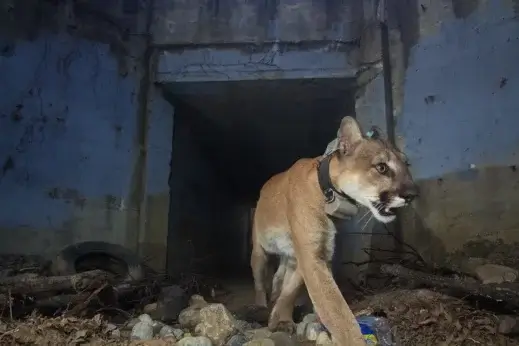
Using science to drive policy
Development isn’t the only foe of wildlife safety. Climate change, and the manner in which it is affecting where animals can and want to live, is intensifying the challenges faced by wildlife.
“Protecting and improving wildlife connectivity will help us fight against the extinction and climate crisis,” says Tiffany Yap, PhD, senior scientist at the Center for Biological Diversity’s Urban Wildlands Program. “As climate change intensifies and resources on the landscape shift, connectivity will give wildlife a chance to find the resources they need to survive and keep our ecosystems healthy.”
Enhancing connectivity across roads and through landscapes is most effectively accomplished through science-driven policy, says Yap.
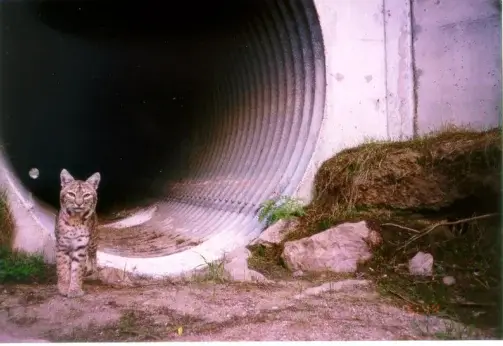
In 2022, the Center co-sponsored AB 2244, the Safe Roads and Wildlife Protection Act with the Wildlands Network. California Governor Gavin Newsom signed the act into law, which received bipartisan support and requires Caltrans to identify barriers to wildlife on roads and build crossing structures when building or improving roadways.
The center also co-sponsored AB 1889, aka the Room to Roam Act with the Wildlands Network, which aims to reconnect fragmented areas for wide-ranging pumas and slow-moving newts.
“Overdevelopment and careless development along with our roads have fractured the habitat so much that animals are unable to find food, shelter, and unrelated mates,” says Yap. “This act requires local governments to consider and minimize impact to wildlife movement and habitat connectivity as part of the conservation element of their general plan.”
The legislation encourages wildlife-friendly fencing, reduced light pollution, and the planting of drought-resistant native plants that will attract native pollinators. (Wildlife-friendly fencing is highly visible to animals and birds and allows for the safe passage of animals over or under fences; typically, this means a 40-inch-tall fence with a minimum of 12 inches spacing between wires. Light pollution can be reduced by minimizing light installations, using LED lights, pointing lights downward, and using shades or covers on lights.)
“By keeping ecosystems healthy, we can better maintain the co-benefits people receive from them, like clean air and water, buffers from extreme weather, crop pollinators like bees and pest control like bats, which hunt crop-eating insects,” says Yap.
Follow us
This work is licensed under a Creative Commons Attribution-NoDerivatives 4.0 International License.
Want to republish a Modern Farmer story?
We are happy for Modern Farmer stories to be shared, and encourage you to republish our articles for your audience. When doing so, we ask that you follow these guidelines:
Please credit us and our writers
For the author byline, please use “Author Name, Modern Farmer.” At the top of our stories, if on the web, please include this text and link: “This story was originally published by Modern Farmer.”
Please make sure to include a link back to either our home page or the article URL.
At the bottom of the story, please include the following text:
“Modern Farmer is a nonprofit initiative dedicated to raising awareness and catalyzing action at the intersection of food, agriculture, and society. Read more at <link>Modern Farmer</link>.”
Use our widget
We’d like to be able to track our stories, so we ask that if you republish our content, you do so using our widget (located on the left hand side of the article). The HTML code has a built-in tracker that tells us the data and domain where the story was published, as well as view counts.
Check the image requirements
It’s your responsibility to confirm you're licensed to republish images in our articles. Some images, such as those from commercial providers, don't allow their images to be republished without permission or payment. Copyright terms are generally listed in the image caption and attribution. You are welcome to omit our images or substitute with your own. Charts and interactive graphics follow the same rules.
Don’t change too much. Or, ask us first.
Articles must be republished in their entirety. It’s okay to change references to time (“today” to “yesterday”) or location (“Iowa City, IA” to “here”). But please keep everything else the same.
If you feel strongly that a more material edit needs to be made, get in touch with us at [email protected]. We’re happy to discuss it with the original author, but we must have prior approval for changes before publication.
Special cases
Extracts. You may run the first few lines or paragraphs of the article and then say: “Read the full article at Modern Farmer” with a link back to the original article.
Quotes. You may quote authors provided you include a link back to the article URL.
Translations. These require writer approval. To inquire about translation of a Modern Farmer article, contact us at [email protected]
Signed consent / copyright release forms. These are not required, provided you are following these guidelines.
Print. Articles can be republished in print under these same rules, with the exception that you do not need to include the links.
Tag us
When sharing the story on social media, please tag us using the following: - Twitter (@ModFarm) - Facebook (@ModernFarmerMedia) - Instagram (@modfarm)
Use our content respectfully
Modern Farmer is a nonprofit and as such we share our content for free and in good faith in order to reach new audiences. Respectfully,
No selling ads against our stories. It’s okay to put our stories on pages with ads.
Don’t republish our material wholesale, or automatically; you need to select stories to be republished individually.
You have no rights to sell, license, syndicate, or otherwise represent yourself as the authorized owner of our material to any third parties. This means that you cannot actively publish or submit our work for syndication to third party platforms or apps like Apple News or Google News. We understand that publishers cannot fully control when certain third parties automatically summarize or crawl content from publishers’ own sites.
Keep in touch
We want to hear from you if you love Modern Farmer content, have a collaboration idea, or anything else to share. As a nonprofit outlet, we work in service of our community and are always open to comments, feedback, and ideas. Contact us at [email protected].by Kathleen Willcox, Modern Farmer
July 31, 2024
Modern Farmer Weekly
Solutions Hub
Innovations, ideas and inspiration. Actionable solutions for a resilient food system.
ExploreShare With Us
We want to hear from Modern Farmer readers who have thoughtful commentary, actionable solutions, or helpful ideas to share.
SubmitNecessary cookies are absolutely essential for the website to function properly. This category only includes cookies that ensures basic functionalities and security features of the website. These cookies do not store any personal information.
Any cookies that may not be particularly necessary for the website to function and are used specifically to collect user personal data via analytics, ads, other embedded contents are termed as non-necessary cookies.